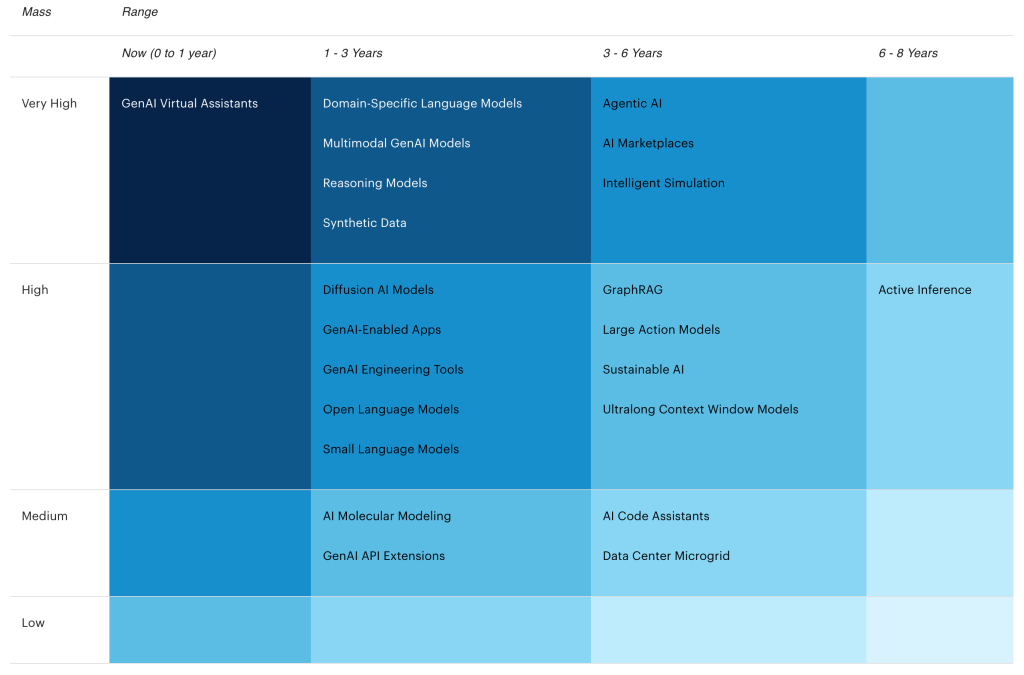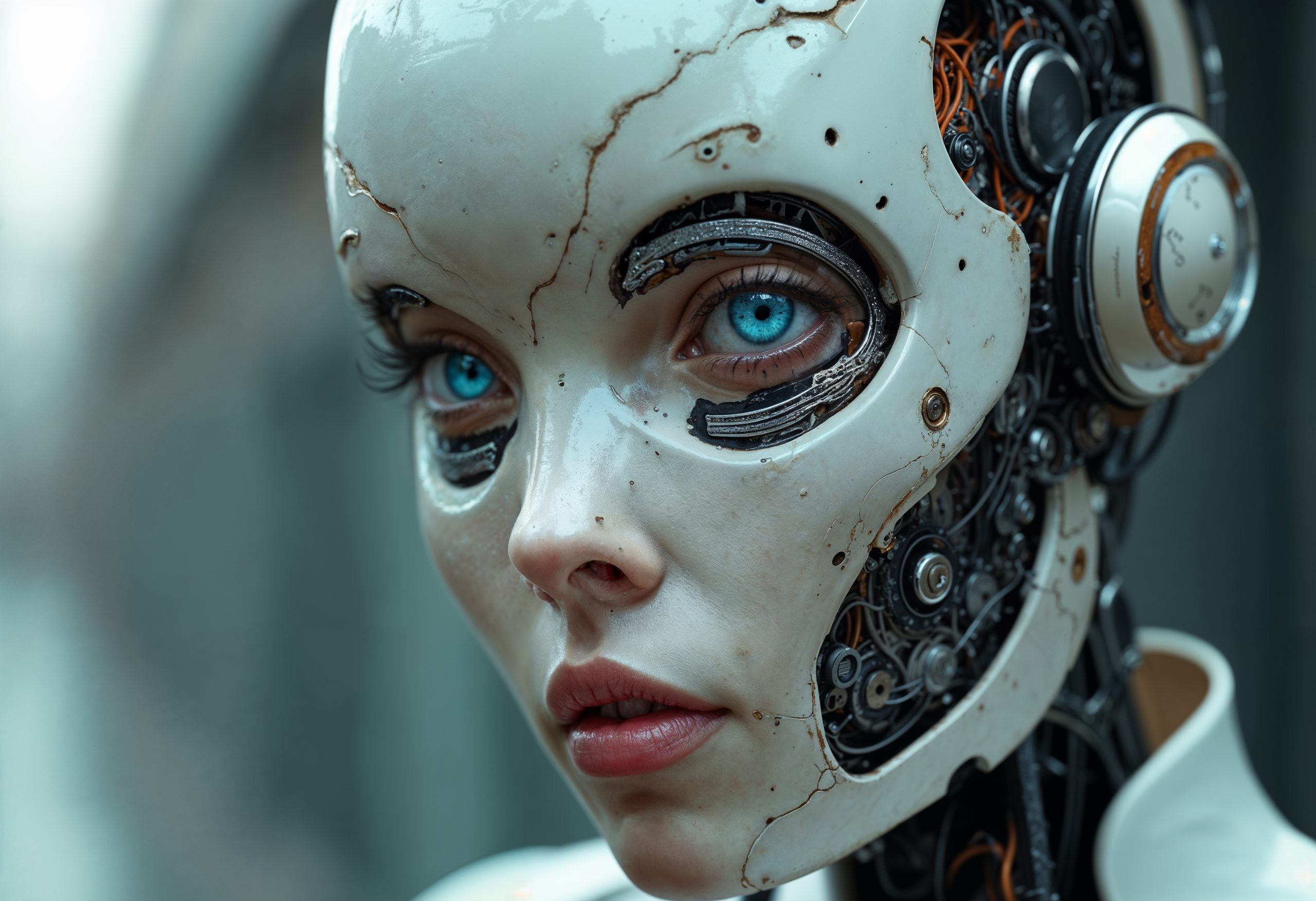The so-called father of advertising, David Ogilvy, famously said, “The consumer isn’t a moron, she’s your wife.” Okay, so this quote reflects problematic Mad Men era assumptions about gender roles. But its core message remains true: never underestimate your consumer.
In the (near) future, however, that consumer won’t even be human: she’ll be your bot.
Buh Bye, Performance Marketing
Digital advertising as we know it is reaching an end. Within a decade, shopping won’t revolve around people tapping on ads but around autonomous bots handling the entire purchase funnel for us. By 2030, Gartner predicts these bots will control or influence about $30 trillion of annual buying, around 25% of all consumer transactions.

Source: Gartner
This is bad news for those of us employed in the deployment of digital advertising. Performance ads – search, social media, display banners – depend on human attention. And ad agencies depend on handsome mark-ups of these ads. But bots don’t click banners, watch videos, or respond to emotional triggers. They buy based on logic, data, and efficiency.
That means today’s $750 billion digital advertising market is headed for disruption. Search ads lose relevance when bots skip Google entirely, resolving queries internally. Display and social ads vanish when human eyeballs disappear. Retargeting collapses because bots protect privacy and don’t leave tracking data.
So, what’s next?
Advertising won’t vanish completely, it will just look different. Successful brands will master structured, reliable data delivered directly to bots. Brands will compete for prime visibility in agents’ internal knowledge graphs – think SEO, but for algorithms. Trusted product specs, sustainability scores, and accurate real-time pricing become critical. Brands might also pay to ensure bots have accurate, timely information – akin to paying Walmart for that end aisle display.
Everything Old is New Again
Human-facing advertising won’t vanish entirely – it will evolve. Ironically, we think one of the oldest of old school ad media – out-of-home (OOH) advertising – will see a renaissance. Billboards are immune to the digital shift and critical for human visibility. Its strength lies in physical presence, real-time adaptability, and privacy-friendly targeting.
TV, connected platforms and video services like YouTube will remain, but smaller and strategically focused. Their purpose shifts to emotional resonance and brand storytelling. Humans will not stop craving narratives that influence their initial brand choices – choices that bots later use as parameters. Similarly, specialized channels like podcasts, events, and niche print media will retain value, offering deep connections and cultural meaning that bots cannot decode.
Act Now!
To thrive, marketers must adapt, and there is no time to waste. Structured, verified website data and valuable content becomes even more critical to digital success. Branding must be clear, distinctive, and easily identifiable by machines. Physical ads, like OOH ads, become essential human touchpoints driving brand preference. Brands must also budget to ensure their products stay visible within major AI models. How we will do that is still a question to be answered.
Ethical guidelines and transparent standards around automated buying will become necessary, helping prevent market manipulation. Our ill-informed legislators, already woefully behind the times, will no doubt prove incapable of stepping up to this challenge.
In short, as bots reshape how commerce works, getting the consumer’s attention online becomes less important. In its place, structured data, reliable content and trust signals will become even more important than they are today. Brands must quickly adjust, marketing to both the logic of machines and the emotions of humans, ensuring their products remain top choices when bots do the buying.

